 [At an indoor photographica yard sale that followed the RIT-sponsored conference in April of this year, I came across a copy of Tom Dugan’s 1979 book Photography Between Covers. Consisting of interviews with photographers of the period heavily involved in producing photography books, as well as people otherwise involved with them (publisher David Godine, printer Sid Rapoport), it includes a conversation with me that Dugan taped in February 1978 and transcribed.
[At an indoor photographica yard sale that followed the RIT-sponsored conference in April of this year, I came across a copy of Tom Dugan’s 1979 book Photography Between Covers. Consisting of interviews with photographers of the period heavily involved in producing photography books, as well as people otherwise involved with them (publisher David Godine, printer Sid Rapoport), it includes a conversation with me that Dugan taped in February 1978 and transcribed.
Light Impressions, the still-active Rochester-based firm that specializes in archival materials for photography, for a time got deeply involved in the marketing and distribution (and, to a lesser extent, the publishing) of photo books, issuing Dugan’s unique volume under its imprint. The copy I found — ex-library, with the usual markings, missing its cover, but otherwise intact — cost only a few dollars, so, with my own copy presently in storage, I snagged it. Through the miracles of computerization I scanned the pages of that interview, put them through an OCR program, and ended up with the digitized version whose first section appears below.
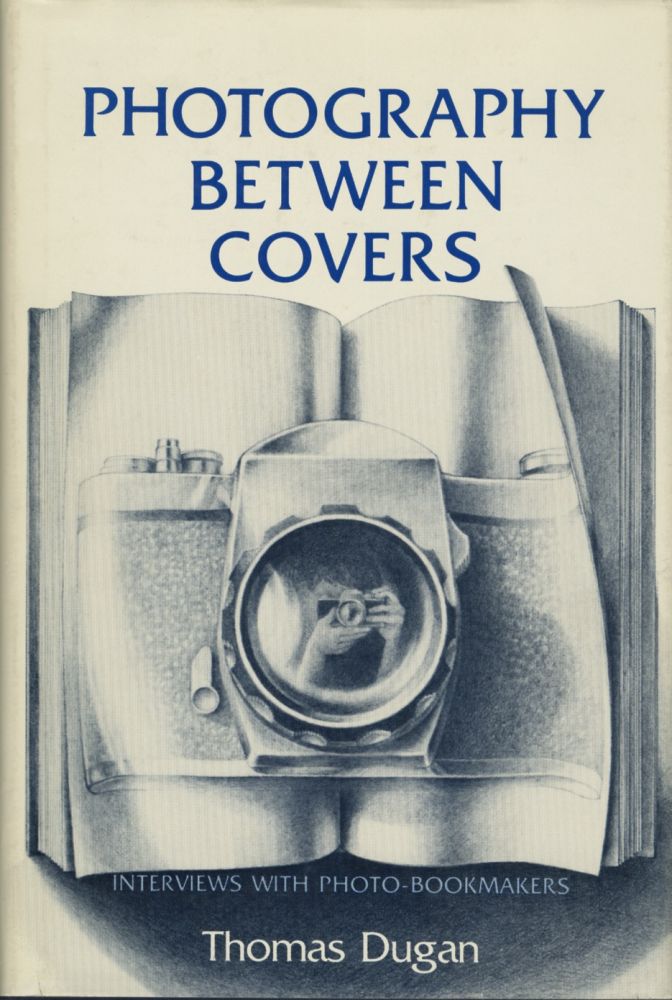 Various factors, including the emergence of print-on-demand (POD) technologies and the ebook format, have already transformed photo-book publishing in radical ways, and promise to do so even more in the near future. (See Frank Cost’s recent Guest Post on this subject.) So this dialogue qualifies as a period piece, a time capsule — like Dugan’s entire book, which I recommend highly — some of whose premises, inevitably, would come to seem quaintly archaic thirty years later.
Various factors, including the emergence of print-on-demand (POD) technologies and the ebook format, have already transformed photo-book publishing in radical ways, and promise to do so even more in the near future. (See Frank Cost’s recent Guest Post on this subject.) So this dialogue qualifies as a period piece, a time capsule — like Dugan’s entire book, which I recommend highly — some of whose premises, inevitably, would come to seem quaintly archaic thirty years later.
Yet the underlying assumptions about edition sizing, production values, pricing, marketing strategies and such seem to me to still hold, with some adjustments for inflation. And the paucity of photo-book reviewers, along with the limited platforms for such commentary, that I bemoaned then have only gotten even worse over the intervening decades.
In any case, here’s the interview as published, to which I’ve added a few notes and made just a few minor grammatical and punctuation corrections. The final part appears below; click here for part 3. — A.D.C.]
•
Tom Dugan: Interview with A. D. Coleman, February 14, 1978 (d)
… TD: What is interesting to me is that books such as Syl Labrot’s Pleasure Beach, Gaylord Herron’s Vagabond, and Ralph Gibson’s trilogy all came out within a fairly short period of time when you think of the relatively important books within the context of the history of photography. That’s a real good indication of what the future will hold.
ADC: Sure. And, by and large, even the books that we think of as the good books of the past in photography, it wasn’t the books that had the impact back then, in most cases. There was the work getting out in some other form. There might be a few things that we could cite, but at this point we’re looking back at the history of the photography book and saying to ourselves, “This has been a very important vehicle for the medium.” But at the time, I don’t think people were dealing with that kind of awareness, few people were.
Wright Morris’s books were very important, his trilogy: The Inhabitants, The Home Place and then, much later, God’s Country and My People. The Inhabitants and The Home Place were very important books, very seminal books. They were totally overlooked at the time. Nobody paid any attention to them.
TD: The Americans is another example.
ADC: Same thing. A very important book. Ten years after it was made it had revolutionized the medium, but at the time was remaindered. Let Us Now Praise Famous Men (Walker Evans and James Agee) sold three hundred copies. A classic case. They were seminal books, not just as anthologies of images, but seminal books and yet, at the time, no recognition.
I think people are very actively, at this point, exploring the photography book as a medium for the first time. And I think there’s a growing audience for that. It’s still small and we tend to overestimate it and unless something clicks in the mass consciousness — and it wouldn’t have to be a big click. If it were mentioned in the Midnight Reporter[1] that Jackie Onassis always looked at a visual book before she went to sleep, that would be probably enough to spring the three to four thousand people who we need from the general audience into buying photography books on a regular basis …
All the serious critics in photography have got to start paying more attention to books and have got to be much more brutal about what is not significant, even though in many cases, and this is painful to me, you know you’re dealing with something that somebody sunk their own personal money into, and in many ways, put their own personal lives on the line for — not just their work, where somebody has an economic investment in his own work and you know he spent ten thousand dollars and four months of his time seeing that thing through Rapoport (Printing Corporation) and you look at it and say, “This book is really not worth that energy and that money.” That’s excruciating.
In that regard I’d much rather deal with the commercial publishers, where I don’t feel that I’m affecting someone’s own economics directly by panning a book. But we’re going to have to be more brutal because the audience is floundering. The audience is out there faced with this smorgasbord of photography books which they can’t, in most cases, come in direct contact with, unless they happen to be able to get into the Witkin (Gallery) or some place like that.[2] The prices are pretty high and very few really get reviewed more than once or twice. Most of them get a mention in Afterimage‘s “Received and Noted” section.
I really do feel that we need to start, in some forum or in a number of forums, concentrating on the photography book as a vehicle for photography, as maybe the most appropriate vehicle in our time, certainly as a vehicle whose roots are in the nature of photography itself. For instance, the halftone process and the reproducibility of the images. We have got to start sorting through this stuff.
There are mountains and mountains of material coming out, and until we’re able to be clearer about what makes a significant photography book, what the significant photography books are, it’s unrealistic to expect a mass audience, without a background in photography, to be able to walk into a bookstore and make a selection.
On what basis do we expect people to buy books? People don’t buy books in any other medium that way, that casually. They buy a novel generally because it’s received some kind of positive review, unless they’re readers of a genre. We’ve got to find ways of exposing people to these books other than simply the bookstore counter. Maybe television is an answer; maybe people should be going to talk shows and taking ten minutes to take people through their pictures.
TD: I remember David Douglas Duncan doing that years ago on at least two occasions. He did that with Self-Portrait: U.S.A.; he actually had a spot on the 1968 campaign coverage. Also he had a half-hour show devoted to War Without Heroes when that came out. He’s a master at marketing his books. How did you get on the talk show with The Grotesque in Photography?
ADC: I know somebody working for the station who had done an interview with me on photography about a year ago and I simply called up and said, “Would you be interested? I know you’re running an early morning talk show. I could come on as a guest.” I sent a copy of the book to Casey Allen and said the same thing: “Would you be interested in having this on your TV show on Channel 31?” He said “Sure.” I have no idea who these shows reach and probably never will, and have no idea as to what effect, if any, they had on sales.
My own feeling, after my experience with this book — and with some other books I’ve got in the works — is that you sell the book yourself. Even the publishers, by and large, do not sell the book as effectively as the person who does the book. Certainly anything self-published you sell yourself.
This is a psychological and professional conflict that a lot of photographers are encountering because, for a long time, in “art photography” or “serious photography,” again outside of photojournalism, there’s been the tacit assumption that (without meaning it in the sexist way) it was a gentlemen’s profession. That is, you didn’t ever have to get involved in selling yourself, or merchandising. In fact, if you did, you were in some way cheapening the work and yourself enormously.
If you’re going to make a book, you’re a manufacturer, without getting horribly bourgeois, and since you’re a manufacturer, if you’re going to assume that people are going to beat a path to your door to buy your product, in a market that’s flooded with products, you’re a damn fool. Why be a product maker in that case?
If you want to sell, you’re going to have to go out and sell it and that’s going to involve being a merchant, and if you don’t like it, don’t do it. If you’re going to do it, do it — to the hilt. You’re going to have to hit dozens of little bookstores and persuade the owners, who see dozens of people coming in with all kinds of books, that they should put your book on display. You’re going to have to deal with the fact that there are outlets and routes of access for publicity about these books and you’re going to have to find out what they are.
You may have to go on talk shows, you may have to give lectures. You may have to do any number of things. Go stand in supermarkets and sell them. Among other things, people outside of photography will start buying photography books when people in photography start coming to them with photography books to sell. The big problem is that photography books are sold primarily, and marketed, to the photography audience. It’s like preaching to the converted. It’s everybody trying to get a limited amount of money to stretch over an increasingly unlimited number of books. It’s not going to happen. Just to support the books you’ve got to go outside of photography. Well, do it.
TD: How important is the book for an artist and would you like more artists to do books?
ADC: You have to go back to what you were saying before about why you were writing poetry. You’re not a poet, you’re not terribly interested in poetry, but you found yourself writing poetry. (Earlier in the evening, prior to the taping of this interview, over coffee, I had mentioned that I had written a series of poems over a three-month period while in a particularly difficult time in my life and was puzzled as to why I chose that particular medium to express my anguish. TD) I don’t simply advocate doing books. It is fun to make a book. I feel that from the experience of making a commercial book; I feel that from the experience of making a couple of privately produced books. This is an enjoyable experience.
It’s just as enjoyable to make 250 copies or 50 copies, on the private level, as it is to make 2000 copies. The only reason to make an edition beyond your immediate circle of friends and acquaintances and relatives you might want to give Christmas presents to, is that there is a market. Make a realistic assessment as to what the market is. It’s a very exciting medium to explore, but there are economics involved that you’ve got to take into account.
The real reason to make a book is because you have something that requires book form for its fullest expression. I’m not talking about size of edition. Other than that, it’s pointless. It’s a kind of careerist move, in a lot of cases, which has certain practical value. It looks good on your resumé, and people don’t know when they pick up your resumé that your parents funded it, and your closet is filled with them, and nobody liked it. That’s not a reason to do it. You can still publish a book that way without making 2000 copies. You can make 20 copies in original-print form and put the same press name on it and copyright it.
Part of what I want to say is: Don’t make a product for the market unless you feel this thing has to be made, intrinsically to you. It’s important that it be made because the work requires it. And without a realistic look at the market, it’s pointless. Make books all you want, but don’t feel that you’ve got to make commercially viable books unless you’ve really got a notion of what commercial viability means.
Oddly enough, in this field, although at some point I think it will be different, at this point, the critical response is not a key thing at all in terms of what happens to it. I cannot think of a book which has been made or broken by the criticism, in terms of photography books.
TD: Where do you place the picture book in the history of the illustrated book and do you think it is thought of in those terms?
ADC: I don’t think it is, generally. The only person I’ve really heard speak of it at any real length in those terms is Nathan Lyons. Certainly at any point, from now on, when people start to talk about or to write about the illustrated book as a phenomenon in book cultures, they’re going to have to start taking into account the photography book as a kind of entity in itself. In fact, since photography was invented, there have been more books illustrated with photographs published than in all the other forms of illustrated books combined, prior to that time, maybe even through the present. It’s become the most overwhelmingly used means of illustrating books, and in a sense, almost every other form of illustration seems archaic. When we’re talking about the illustrated book now I think we’re talking predominantly about the photographically illustrated book.
It’s an inevitable phenomenon. In a way, it’s more inevitable than prints as a vehicle for the dissemination of “serious” photography imagery due to the kinds of limitations we spoke of before, and especially because it makes possible the truly massive dissemination and the rapid dissemination of images and of the ideas and feelings contained in the images. It’s, to me, a very natural evolutionary step that photographers — especially right at a point where the classic silver print is probably on the decline due to the diminishing supply of silver — should be moving away from original-print form, or at least from that absolute dependence on original-print form, and back into the idea of the photograph as a multiple, and as an accessible multiple, rather than a very, very high-priced precious-object multiple.
The first photography prints that were manufactured were not manufactured as one-of-a-kind unique prints, they were mass-manufactured in the thousands and people bought them either in book form, as original prints prior to the halftone, or bought them individually and pasted them into books. Maybe it will be seen as an aberration, in the future, that for a period of sixty to seventy years photography went in the direction of the unique, hand-made, original, signed print as the predominant vehicle for expression, and only after a particular kind of print material disappeared from the market did photographers then return to the original form of photographic-image dissemination, which is through books or through large-scale multiples of the images.
•
[1] I have searched without success for any mention of a U.S. publication by that title during that period. I dimly recall it as a then-current tabloid along the lines of the National Enquirer. I don’t think I invented it as such, but I can’t prove it existed.
[2] The late Lee Witkin (1935-1984), who founded this pioneering, eponymous gallery, had originally dreamed of becoming a bookseller. More actively than any other photo gallerist at that time, he maintained an extensive stock of new and out-of-print photo books. His exhibition space, which always included comfortable seating, therefore served as an informal reading room and research library for many, myself included.
•
 Special offer: If you want me to either continue pursuing a particular subject or give you a break and (for one post) write on a topic — my choice — other than the current main story, make a donation of $50 via the PayPal widget below, indicating your preference in a note accompanying your donation. I’ll credit you as that new post’s sponsor, and link to a website of your choosing. Include a note with your snail-mail address (or email it to me separately) for a free signed copy of my 1995 book Critical Focus!
Special offer: If you want me to either continue pursuing a particular subject or give you a break and (for one post) write on a topic — my choice — other than the current main story, make a donation of $50 via the PayPal widget below, indicating your preference in a note accompanying your donation. I’ll credit you as that new post’s sponsor, and link to a website of your choosing. Include a note with your snail-mail address (or email it to me separately) for a free signed copy of my 1995 book Critical Focus!
 But wait! There’s more! Donate now and I’ll include a copy of The Silent Strength of Liu Xia, the catalog of the 2012-13 touring exhibition of photos by the dissident Chinese photographer, artist, and poet, currently in her sixth year of extralegal house arrest in Beijing. The only publication of her photographic work, it includes all 26 images in the exhibition, plus another 14 from the same series, along with essays by Guy Sorman, Andrew Nathan, and Cui Weiping, professor at the Beijing Film Academy.
But wait! There’s more! Donate now and I’ll include a copy of The Silent Strength of Liu Xia, the catalog of the 2012-13 touring exhibition of photos by the dissident Chinese photographer, artist, and poet, currently in her sixth year of extralegal house arrest in Beijing. The only publication of her photographic work, it includes all 26 images in the exhibition, plus another 14 from the same series, along with essays by Guy Sorman, Andrew Nathan, and Cui Weiping, professor at the Beijing Film Academy.



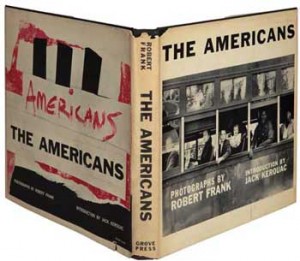
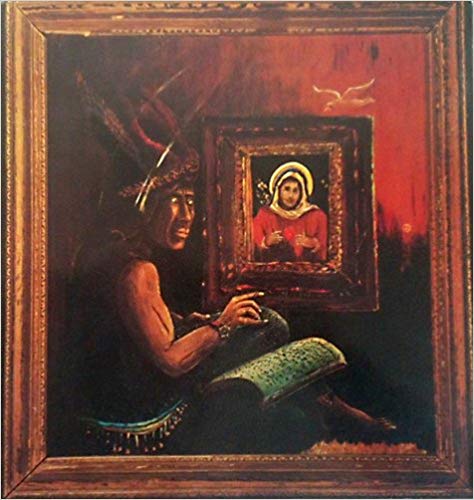
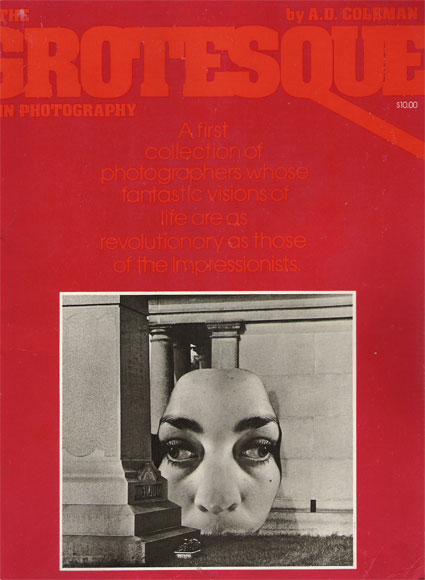
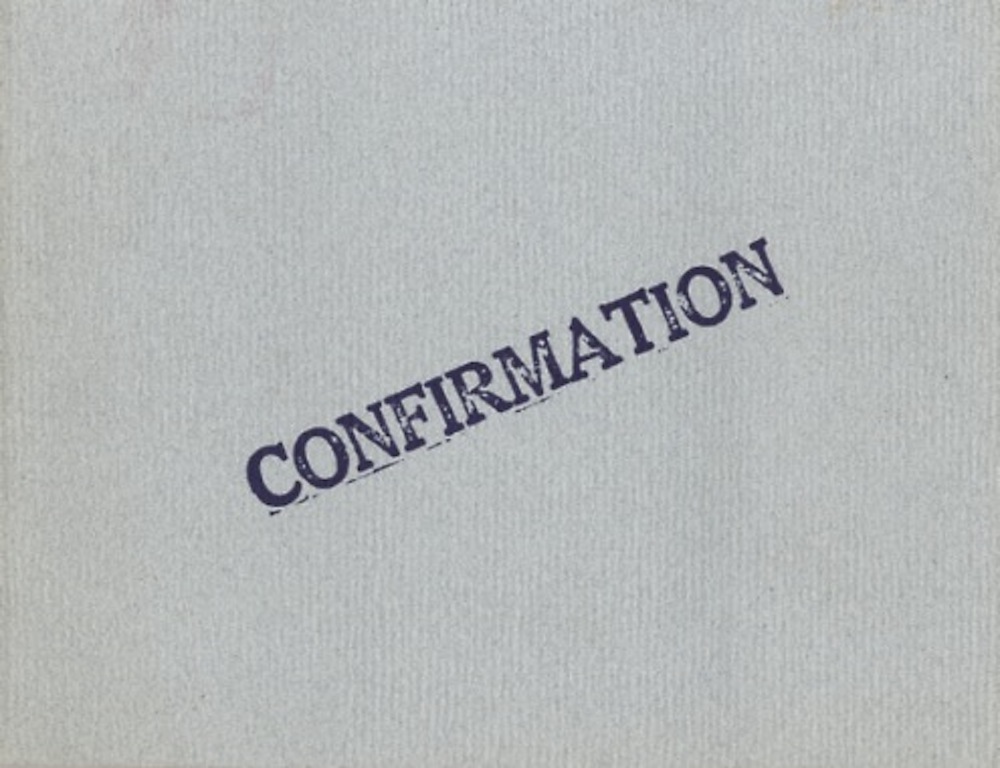
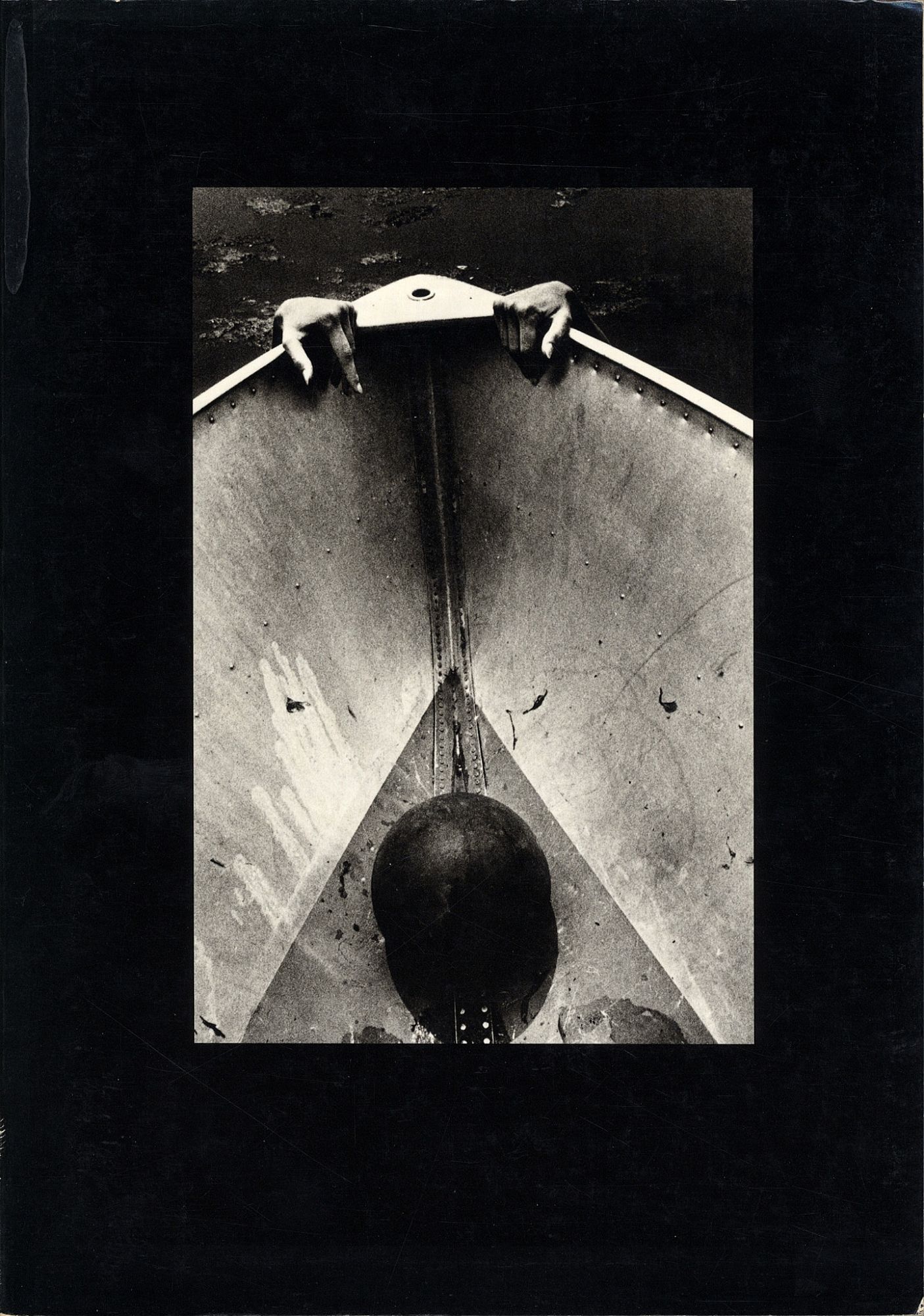




Leave a Comment